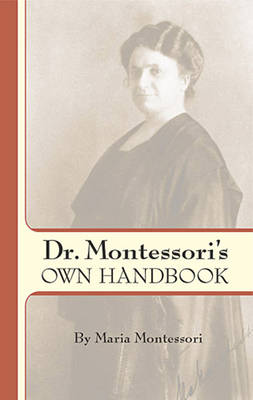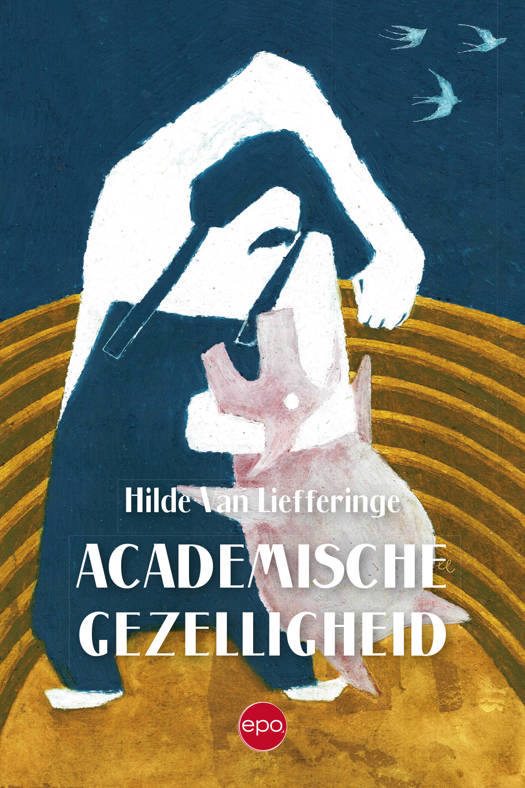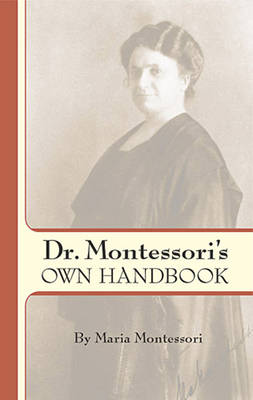
- Afhalen na 1 uur in een winkel met voorraad
- Gratis thuislevering in België vanaf € 30
- Ruim aanbod met 7 miljoen producten
- Afhalen na 1 uur in een winkel met voorraad
- Gratis thuislevering in België vanaf € 30
- Ruim aanbod met 7 miljoen producten
Zoeken
Omschrijving
One of the truly great books on early childhood development, Maria Montessori's illustrated guide was written nearly a century ago in response to thousands of requests from American parents and teachers. In it, the noted educator provided copious information on how to use familiar, simple, easy-to-obtain classroom materials to make any home an effective learning environment. It was to be a "children's house," where youngsters would be their own masters, and free to learn at their own pace.
Sound cylinders, sandpaper letters, and numerical rods became features of the typical Montessori classroom. Designed to hone the child's visual, auditory, and tactile perceptions, tools such as these enabled the child to experiment and learn through the powers of observation, recognition, judgment, and classification.
An essential teaching aid for parents and educators, this handbook features sections on teaching music, arithmetic and language, and developing sensory and motor skills.
Sound cylinders, sandpaper letters, and numerical rods became features of the typical Montessori classroom. Designed to hone the child's visual, auditory, and tactile perceptions, tools such as these enabled the child to experiment and learn through the powers of observation, recognition, judgment, and classification.
An essential teaching aid for parents and educators, this handbook features sections on teaching music, arithmetic and language, and developing sensory and motor skills.
Specificaties
Betrokkenen
- Auteur(s):
- Uitgeverij:
Inhoud
- Aantal bladzijden:
- 160
- Taal:
- Engels
- Reeks:
Eigenschappen
- Productcode (EAN):
- 9780486445250
- Verschijningsdatum:
- 13/09/2005
- Uitvoering:
- Paperback
- Formaat:
- Trade paperback (VS)
- Afmetingen:
- 143 mm x 213 mm
- Gewicht:
- 176 g

Alleen bij Standaard Boekhandel
+ 22 punten op je klantenkaart van Standaard Boekhandel
Beoordelingen
We publiceren alleen reviews die voldoen aan de voorwaarden voor reviews. Bekijk onze voorwaarden voor reviews.











